5-8. In the day after the Sun had reached the right ascension
line ('navel string') leading down from Polaris to the Belly of the
Fish was the First Point of Aries, which anciently
had indicated the northern spring equinox, before the precession
had pushed this equinox into the domain of the Fishes (Pisces):

Cfr e.g. Gb4-8.
|
→ 41.4 Tauri (Bharani)
|
4-15 → 4 * 15 = 60 |
April 16 (471 → 1½ * 314) |
 |
 |
 |
|
Ea5-16 (152) → 5 * 16 = 80 |
Ea5-17 → 9 * 17
= 516 + 401 |
Ea5-18 |
|
tui ika |
te hau tea |
|
Tui. 1. To sew mats, to make strings.
E-tahi tuitui reipá i Te Pei, ekó rava'a
e-varu kaukau; i-garo ai i Hiva, i te
kaiga, a necklace of mother-of-pearl is on
te Pei, few will find it (lit: eight
groups of people); it has remained in Hiva,
in our homeland. 2. The three stars of Orion's
Belt. Vanaga.

 |
|
ALSEIPH (Scimitar) =
φ
Persei
(24.5),
τ
Ceti (24.7) |
No star listed (25) |
ANA-NIA-10 (Pillar-to-fish
by)
χ Ceti (26.1),
POLARIS = α Ursae Minoris,
BATEN KAITOS (Belly of the Fish) = ζ Ceti
(26.6),
METALLAH = α Trianguli
(26.9) |
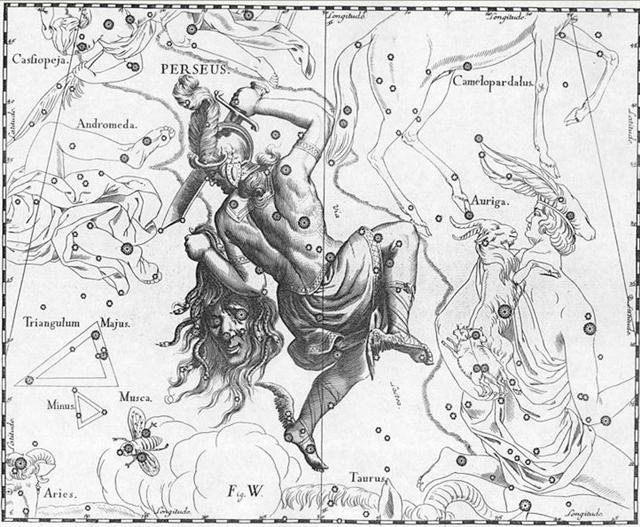 |
In the G text the first glyph (on side a of the tablet)
was positioned at *65 → 64
+ 1 → 364 + 1 = 365, where
the Sun
had risen together with the Eye (Ain, ε Tauri) in
MARCH 22.
In the era of Bharani this
would have happened in "April 14 (104, *24), which was 3
days earlier than day 107 (April 17, *27). Yet, the idea
of 3 days with only cold food served could have
originated much earlier, because there were 3 days from
the front of the Head of Ku to the back of his head.
Presumably these 3 days of cold food might have
originated e.g. from the difference between the measure 180
(= 360 / 2) and the measure 177 (= 210 - 33 = 354 / 2).
|
April 17 (107) |
18 |
19 |
20 |
21 |
 |
 |
 |
 |
 |
|
Ea5-19 |
Ea5-20 |
Ea5-21
(157 → 314 / 2) |
Ea5-22 |
Ea5-23 |
|
te
henua |
kua
moe |
inoino |
koia ra kua
moe |
ki te
inoino |
|
Al Sharatain-1
/
Ashvini-1
/
Bond-16 (Dog)
/
Mahrū-sha-rishu-ku-1
(Front of the Head of Ku)
SEGIN =
ε
Cassiopeia, MESARTHIM =
γ
Arietis,
ψ
Phoenicis (27.2),
SHERATAN (Pair of Signs) =
β
Arietis,
φ
Phoenicis (27.4)
*351.0 = *27.4 - *41.4 |
ι Arietis (28.0), λ Arietis (28.2), υ Ceti
(28.8) |
ALRISHA (The Knot) = α
Piscium,
χ Phoenicis (29.2),
ε
Trianguli (29.4),
ALAMAK
(Caracal) = γ Andromedae
(29.7)
*353.0 = *29.4 - *41.4 |
Arku-sha-rishu-ku-2
(Back of the Head of Ku)
2h (*30.4 = *354.0 + *41.4)
κ
Arietis (30.3),
HAMAL (Sheep) =
α Arietis
(30.5)
ALKES (α
Crateris) |
DELTOTUM = β Trianguli
(31.2), ι Trianguli (31.7), η Arietis (31.9) |
 |
Instead of a
Fox (Heart-5)
high up in autumn there was a high-jumping Desert Lynx (Caracal) in
spring - capable of catching unsuspecting birds in
flight (manu rere) from a standstill - and instead of a dangerous Wolf standing
on the ecliptic plain
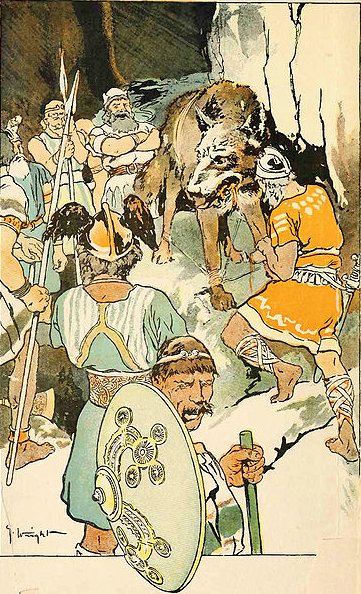
there was now on a peaceful
domesticated Dog; 16 days later (→
Bond-16), corresponding to the change from
the ancient method of observing the return of the stars
after their close
encounters with the Sun to their theoretically deduced dates
for conjunction.
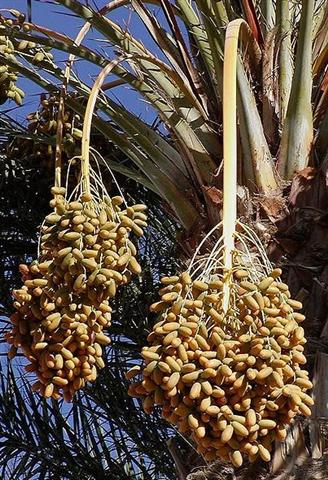
Previously it had been Hamal (at the front of the
head of Aries) who had stood at
the beginning of the year (who had been at the first
point in Aries), from where he had been leading his flock of followers:
... Strassmeier and Epping, in their Astronomishes
aus Babylon, say that there its stars formed the
third of the twenty-eight ecliptic constellations, -
Arku-sha-rishu-ku, literally the Back of the
Head of Ku, - which had been established along that
great circle milleniums before our era; and Lenormant
quotes, as an individual title from cuneiform
inscriptions, Dil-kar, the Proclaimer of Dawn,
that Jensen reads As-kar, and others Dil-gan,
the Messenger of Light. George Smith inferred from the
tablets that it might be the Star of the Flocks;
while other Euphratean names have been Lu-lim,
or Lu-nit, the Ram's Eye; and Si-mal or
Si-mul, the Horn star, which came down even to late
astrology as the Ram's Horn. It also was Anuv,
and had its constellation's titles I-ku and
I-ku-u, - by abbreviation Ku, - the Prince,
or the Leading One, the Ram that led the heavenly flock,
some of íts titles at a different date being applied to
Capella of Auriga. Brown associates it with Aloros, the
first of the ten mythical kings of Akkad anterior to the
Deluge, the duration of whose reigns proportionately
coincided with the distances apart of the ten chief
ecliptic stars beginning with Hamal, and he deduces from
this kingly title the Assyrian Ailuv, and hence
the Hebrew Ayil; the other stars corresponding to
the other mythical kings being Alcyone, Aldebaran,
Pollux, Regulus, Spica, Antares, Algenib, Deneb Algedi,
and Scheat ...

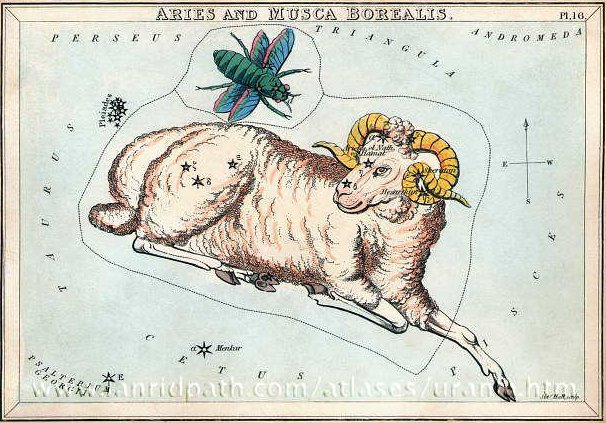
And possibly before that
the leader
had been
Bharani (at Musca Borealis), viz. in May 1 (121 → 11
* 11), rising with the Sun 11 days after Hamal. This was
3 days (perhaps with only cold food served) after day 118 (4 * 29½), and it was Beltane:
|
April 22 |
23 |
24 |
 |
 |
 |
|
Ea5-24 |
Ea5-25 |
Ea5-26 |
|
tagata - te maitaki |
kua tupu ia |
ki te
maitaki |
|
Maitaki. Clean, neat, pure, pretty,
nice, beautiful, handsome; tagata rima maitaki,
clean-handed man, correct man. Vanaga. 1. Good. Henua
maitaki = the good earth. 2. Shine. Marama maitaki
= the shining moon. Barthel. Ce qui est bon. Jaussen
according to Barthel. Meitaki, good, agreeable,
efficacious, excellent, elegant, pious, valid, brilliant,
security, to please, to approve (maitaki); ariga
meitaki, handsome, of pleasant mien; mea meitaki ka
rava, to deserve; meitaki ke, marvelous, better.
Hakameitaki, to make good, to amend, to do good, to
bless, to establish. Meitakihaga, goodness. PS Pau.:
maitaki, good. Mgv.: meitetaki, beautiful,
good. Mq.: meitai, good, agreeable, fit, wise,
virtuous. Ta.: maitaiki, good, well. Niuē:
mitaki, good.
Maitakia, clean.
Churchill.
Tupu.
1. Shoot, sprout, bud; to sprout, to bud. 2. Pregnant:
vî'e tupu (o te poki); to be conceived (of fetus in
its mother's womb): he-tupu te poki i roto i te kopú o
toona matu'a. Vanaga. To grow, to sprout, to germinate,
to come forth, to conceive, pregnant, germ; mea tupu,
plant; tupu ke avai, of rapid growth; tupu
horahorau, precocious; hakatupu, to produce, to
stimulate growth, to excite. P Pau.: fakatupu, to
raise up, to create. Mgv.: tupu, to grow, to
conceive, to be pregnant. Mq.: tupu, to grow, to
sprout, to conceive. Ta.: tupu, to grow, to sprout.
Churchill. Mgv.: Tupu, the best or worst, used of men
or of bad qualities. Sa.: tupu, king. Ma.: tupu,
social position, dignity. Churchill. |
|
April
25 (115) |
26 |
27 |
28 (4 * 29½) |
|
29 |
30 |
May 1 (121) |
 |
 |
 |
 |
 |
 |
 |
|
Ea5-27 |
Ea5-28 |
Ea5-29 |
Ea5-30 |
→
18 * 29½ |
Ea5-32 |
Ea5-33 |
|
tagata - te hokohuki |
tagata rima
oho |
henua |
kua tupu i te tupuga |
Te
mauga |
te
hokohuki - te
kiore |
huki - kiore |
|
... Beltane is
mentioned in some of the earliest Irish literature and it is
associated with important events in Irish mythology. It
marked the beginning of summer and was when cattle were
driven out to the summer pastures. Rituals were performed to
protect the cattle, crops and people, and to encourage
growth. Special bonfires were kindled, and their flames,
smoke and ashes were deemed to have protective powers. The
people and their cattle would walk around the bonfire, or
between two bonfires, and sometimes leap over flames or
embers. All household fires would be doused and then re-lit
from the Beltane bonfire. Doors, windows, byres and the
cattle themselves would be decorated with yellow May
flowers, perhaps because they evoked fire. In parts of
Ireland, people would make a May Bush; a thorn bush
decorated with flowers, ribbons and bright shells. Holy
wells were also visited, while Beltane dew was thought to
bring beauty and maintain youthfulness ...
... Since the early 20th
century it has been commonly accepted that Old Irish
Beltaine is derived from a Common Celtic
*belo-te(p)niâ, meaning 'bright fire'. The element
*belo- might be cognate with the English word bale
(as in bale-fire) meaning 'white' or 'shining'; compare Old
English bael, and Lithuanian/Latvian baltas/balts,
found in the name of the Baltic; in Slavic languages
byelo or beloye also means 'white', as in
Беларусь (White Russia or Belarus)
or Бе́лое мо́ре
(White Sea). A more recent etymology by Xavier Delamarre
would derive it from a Common Celtic *Beltinijā,
cognate with the name of the Lithuanian goddess of death
Giltinė, the root of both being Proto-Indo-European
*gelH- ('suffering, death') ... |
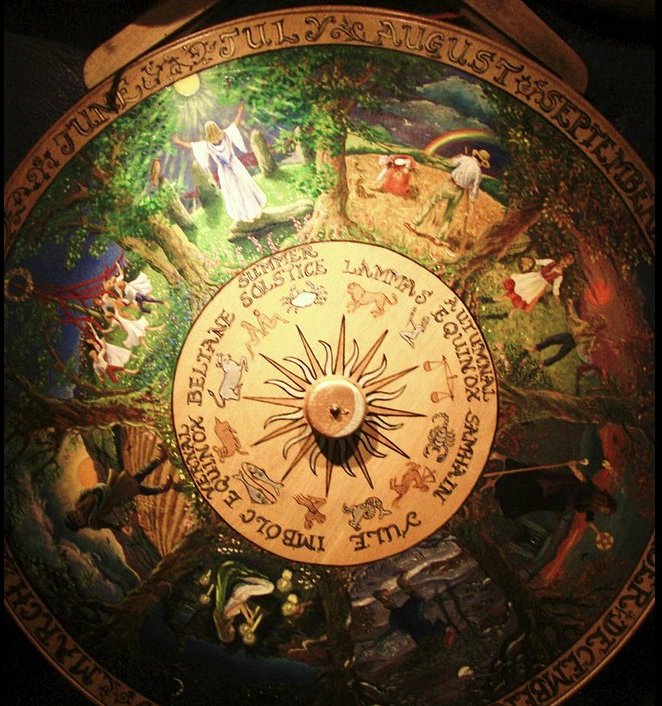

|


















